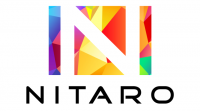So you want to do SEO, advertise or write a blog post for your organization. Keyword analysis is the cornerstone of any digital marketing strategy. It gives you high and low search volume keywords related to your product or service. To come up with the best plan to grow your company, a customized, long tail semantic keyword analysis is essential. The keyword research gives you an extensive list of many things. You get keywords related to your product, how often people look for it, the cost and a general oversight of search behavior related to your product. Use the keyword analysis also to find content gaps compared with the competition. The most relevant search terms from the keyword analysis are also used on the website, in meta tags, ad copy, blog and social media posts. The contents of this blog posts are:
- What is the “long tail”?
- What are “semantic” keywords?
- Google Keyword Planner
- Keyword grouper
- Search intent
- Naver Keyword Planner
- Conclusion
What is a keyword or topic cluster? A simple and short explanation is below in this video:
What is the “long tail”?
Back in 2006 Chris Anderson (from Wired magazine) wrote the book “The Long Tail”. A graph summarizing the book is below.
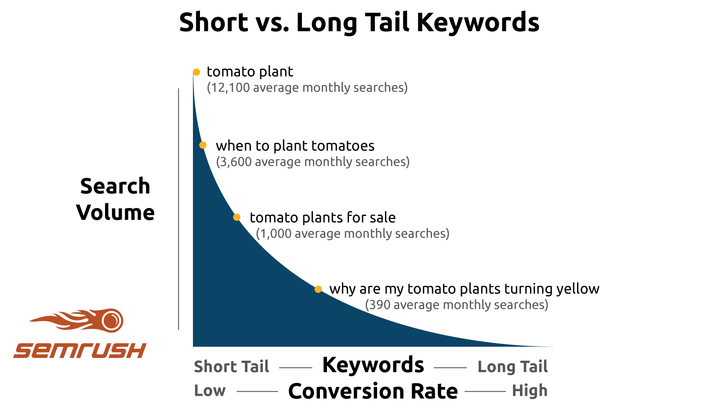
You can also apply the long tail concept, or niche products, to businesses like Amazon. Unlike offline companies, Amazon can carry a huge amount of books that very few people are looking for in its warehouses, making it more profitable than offline bookstores.
What are “semantic” keywords?
The word “semantic” is literally about “meaning in language or logic”. In digital marketing, semantic means “related”. Semantic keywords are also called “Latent Semantic Indexing” (LSI) keywords. If you want to find related (long tail) keywords for a search term very quickly and easy, just go to Google and type your keyword (example: “drinks”). You will find some related terms at the bottom of the page:
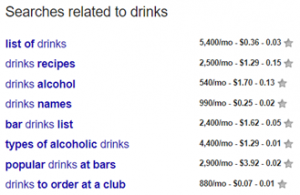
The search volumes and CPCs on the right are from an extension Keywords Everywhere. If you want more long tail keywords, go to Google or Naver.
Google Keyword Planner

Sign into your Google Ads account and go to “Tools” and then “Keyword Planner”.
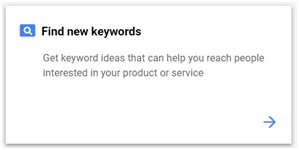
Click “Find new keywords”.

Type “drinks” and press “Get started”. Now you have a list of 508 related (or semantic) and long tail keywords. Long tail keywords are more than one word keywords, like “hot drink”, “alcoholic drink”, “soft drink” or “energy drink”. A short tail keyword or seed keyword is “drink”.
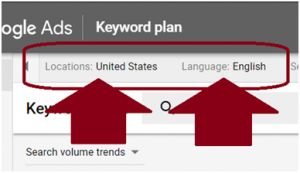
You can change the location and language on the top left. You can also select cities, depending on where your target audience is.
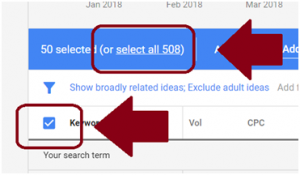
Tick the box next to “keyword” until it’s blue and “select all 508”.
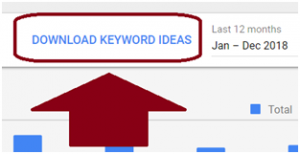
Now click “download keyword ideas” to get all keywords in a spreadsheet. You can also change the seasonality, for example 1 month, 24 months or all available data.

Above is a screenshot of the 508 keywords in a spreadsheet. We will now categorize the keywords in ad groups or clusters. Organizing keywords in different categories can be quite time consuming.
Keyword grouper
Let’s use a free keyword grouper tool that sorts them automatically and quickly. There are a few available:
- http://marketbold.com/KeywordGrouperPro/app/
- SE Ranking Keyword Grouper (free trial)
- https://authoritylabs.com/free-tools/keyword-grouper/ (email required)
- https://www.spyfu.com/keyword/groupie (signup required)
- https://spyserp.com/keyword-grouping (signup required)
Unfortunately, the tools do not work well with languages like Korean.

Here the keywords are grouped in clusters of at least 10 keywords each using marketbold. You can download the keyword groups in a spreadsheet. Below is the list of the 15 clusters with number of keywords in it in parentheses:
- alcohol (10)
- alcoholic drinks (44)
- bar (18)
- beverage (17)
- beverages (30)
- cocktail (23)
- cocktail drinks (20)
- cocktail recipes (28)
- cocktails (12)
- drink (72)
- drink menu (14)
- drink recipes (62)
- drinks (77)
- drinks menu (11)
- mixed drinks (51)
Although there is no magic number, it is probably a good idea to put between 10 and 20 keywords in each ad group. Let’s organize the ad groups that have over 20 keywords in them into smaller clusters. The best way to do this is by trying to figure out the search intent. What is it that the drinker is looking for?
Search intent
There are four types of search intent:
- Informational
- Example: “how to make beverages”
- Research
- Example: “different beverages recipes”
- Purchase
- Example: “buy drinks”
- Navigational
- Example: brand names like “Honest Tea”, “New Belgium Brewing Company” or “Samuel Adams” or website addresses
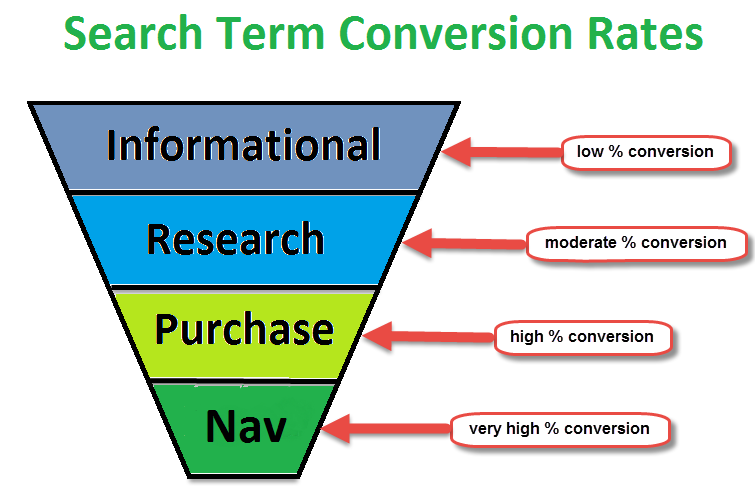
Depending on the nature of the keywords, it is a good idea to sort keywords in ad groups based on either search intent or similarity. Some keywords have a higher CTR or conversion rate. Usually branded keywords or keywords with high buyer intent produce more leads or sales. Let’s take a look at the ad group “Cocktail” that has 23 keywords. We will split this group into smaller ad groups.
| Keyword | Ad group |
| bacardi cocktail | cocktail |
| cocktail | cocktail |
| cocktail drink games | cocktail |
| cocktail drink ideas | cocktail |
| cocktail ideas | cocktail |
| cocktail ingredients | cocktail |
| cocktail liquor list | cocktail |
| cocktail making | cocktail |
| cocktail menu | cocktail |
| cocktail menu list | cocktail |
| cocktail menu prices | cocktail |
| cocktail mix drinks recipe | cocktail |
| cocktail mix recipe | cocktail |
| cocktail mixer | cocktail |
| cocktail names | cocktail |
| cocktail party | cocktail |
| cocktail party recipes | cocktail |
| cocktail recipe app | cocktail |
| drink cocktail | cocktail |
| lit drink cocktail | cocktail |
| long drink cocktail | cocktail |
| martini cocktail | cocktail |
| welcome cocktail recipe | cocktail |
You may have to type the search term into Google to find the search intent. Search engines’ algorithms continually match search term with the matching results. The new smaller clusters are below.
| Keyword | Ad group |
| cocktail | cocktail |
| cocktail liquor list | cocktail |
| cocktail names | cocktail |
| drink cocktail | cocktail |
| cocktail drink ideas | cocktail |
| cocktail ideas | cocktail |
| bacardi cocktail | cocktail brand |
| lit drink cocktail | cocktail brand |
| martini cocktail | cocktail brand |
| cocktail menu | cocktail menu |
| cocktail menu list | cocktail menu |
| cocktail menu prices | cocktail menu |
| long drink cocktail | cocktail mix recipe |
| cocktail mix drinks recipe | cocktail mix recipe |
| cocktail mix recipe | cocktail mix recipe |
| cocktail mixer | cocktail mix recipe |
| cocktail ingredients | cocktail mix recipe |
| cocktail making | cocktail mix recipe |
| cocktail recipe app | cocktail mix recipe |
| welcome cocktail recipe | cocktail mix recipe |
| cocktail drink games | cocktail party |
| cocktail party | cocktail party |
| cocktail party recipes | cocktail party |
In PPC, why is it important to split ad groups into smaller ones? This way you increase the relevancy and quality score: matching search intent, keyword with ad text and landing page. Increasing your quality score and CTR you will have a lower CPC.
Naver Keyword Planner
Let’s do a long tail semantic keyword research for “drink” in Naver Keyword Planner. A close match for “drink” in Korean is “beverage”.
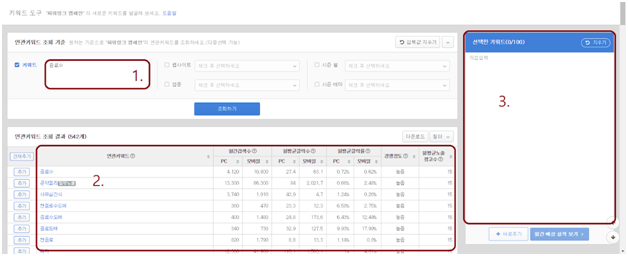
- Seed keyword input
- You can enter maximum 5 keywords.
- Related keywords list and KPIs, you can download this list
- In this case, Naver generated 542 related keywords.
- You can filter the keywords.
- KPis are:
- Estimated average monthly impressions (PC / mobile)
- Estimated average monthly clicks (PC / mobile)
- Estimated average CTR (PC / mobile)
- Competition
- Keyword selector, you can download this list
- You can select maximum 100 keywords to get more KPIs, like estimated CPC and cost. A screenshot is below.
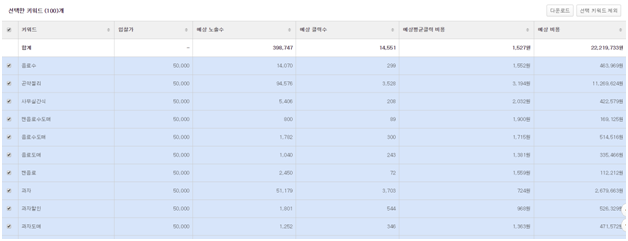
Other interesting metrics that Naver offers are demographic data per keyword.
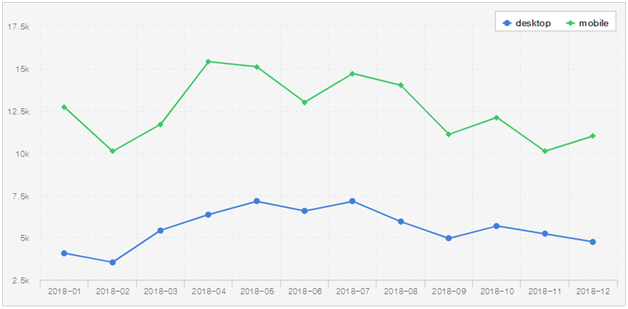
Above you can see the seasonality: how often people searched for a keyword by month in the past year.
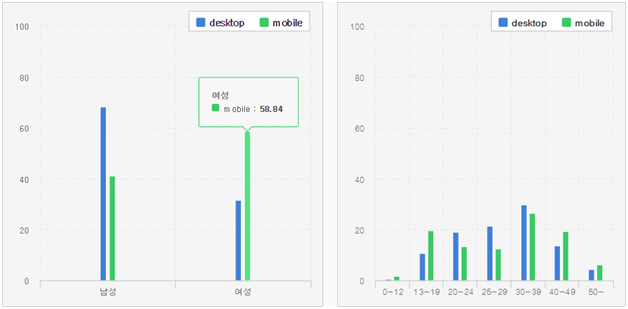
Above you can see the gender, age and platform used of people searching for the keyword.
Conclusion
Keyword research provides you all the information needed for you to grow your company digitally. Grouping keywords, identifying search intent and using tools as Google Ads and Naver Keyword Planner can make this process go smooth and fast. Here an overview of keyword clustering and why you should consider using it in your keyword research.
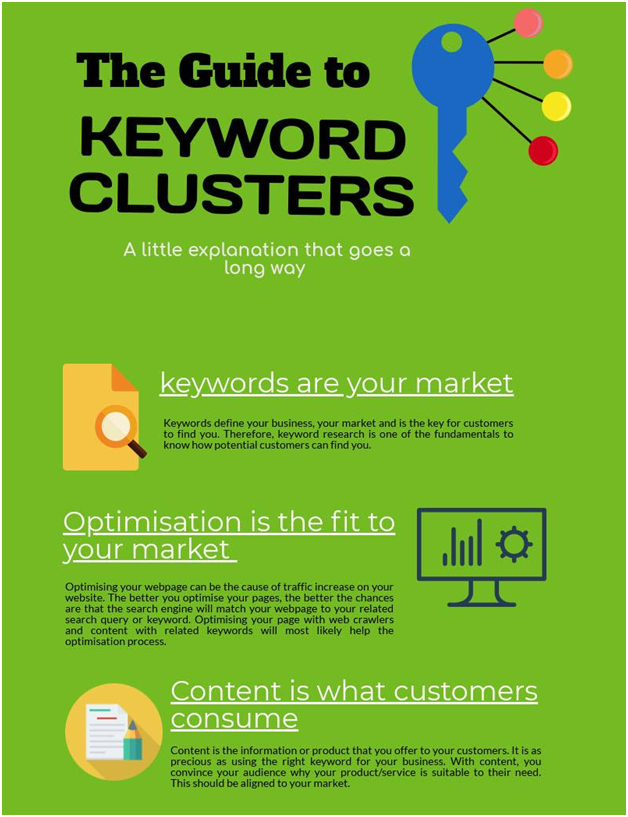
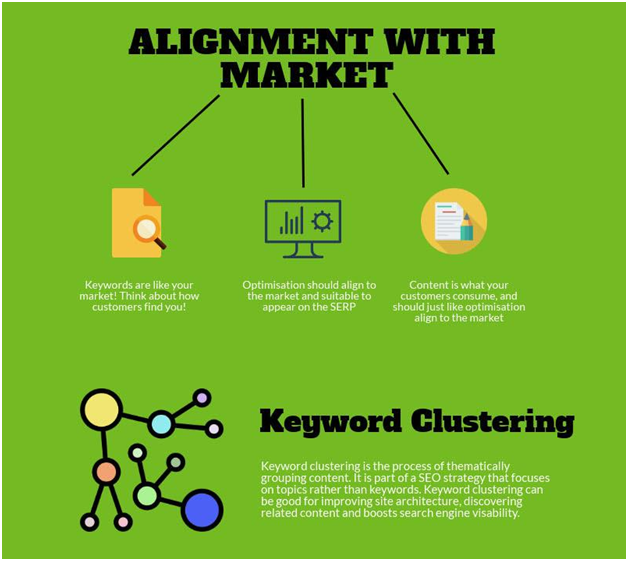
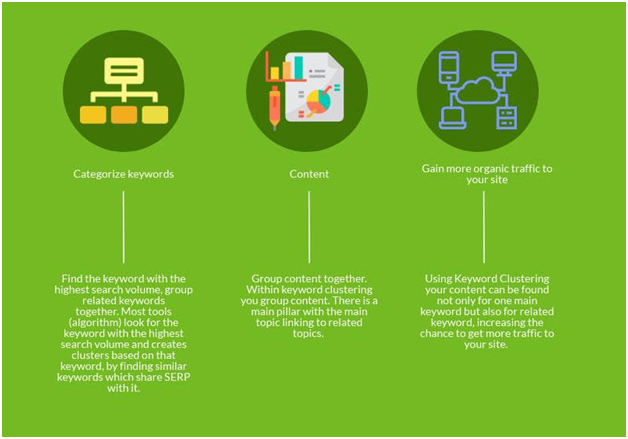
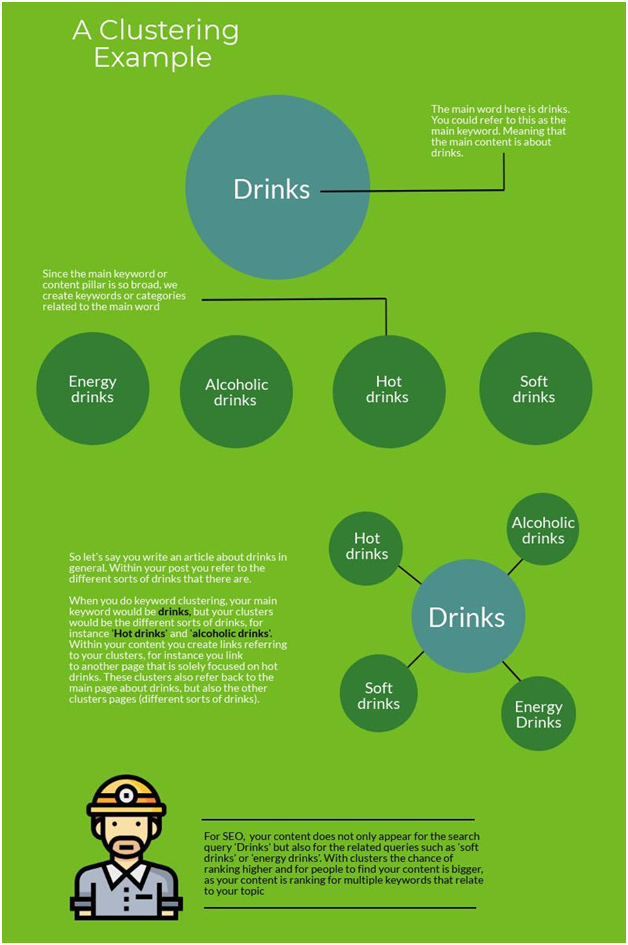
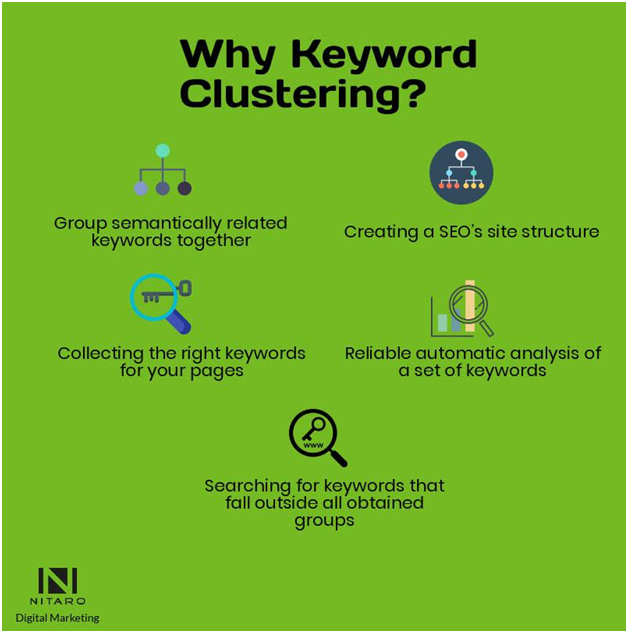
So now you know why and how to do long tail semantic keyword research using keyword clustering. Want to save time uploading your keywords to Google Ads? Then watch this video on how to bulk upload keywords and ad groups using Google Ads Editor. You can also use the Editor to bulk upload / modify ads.
